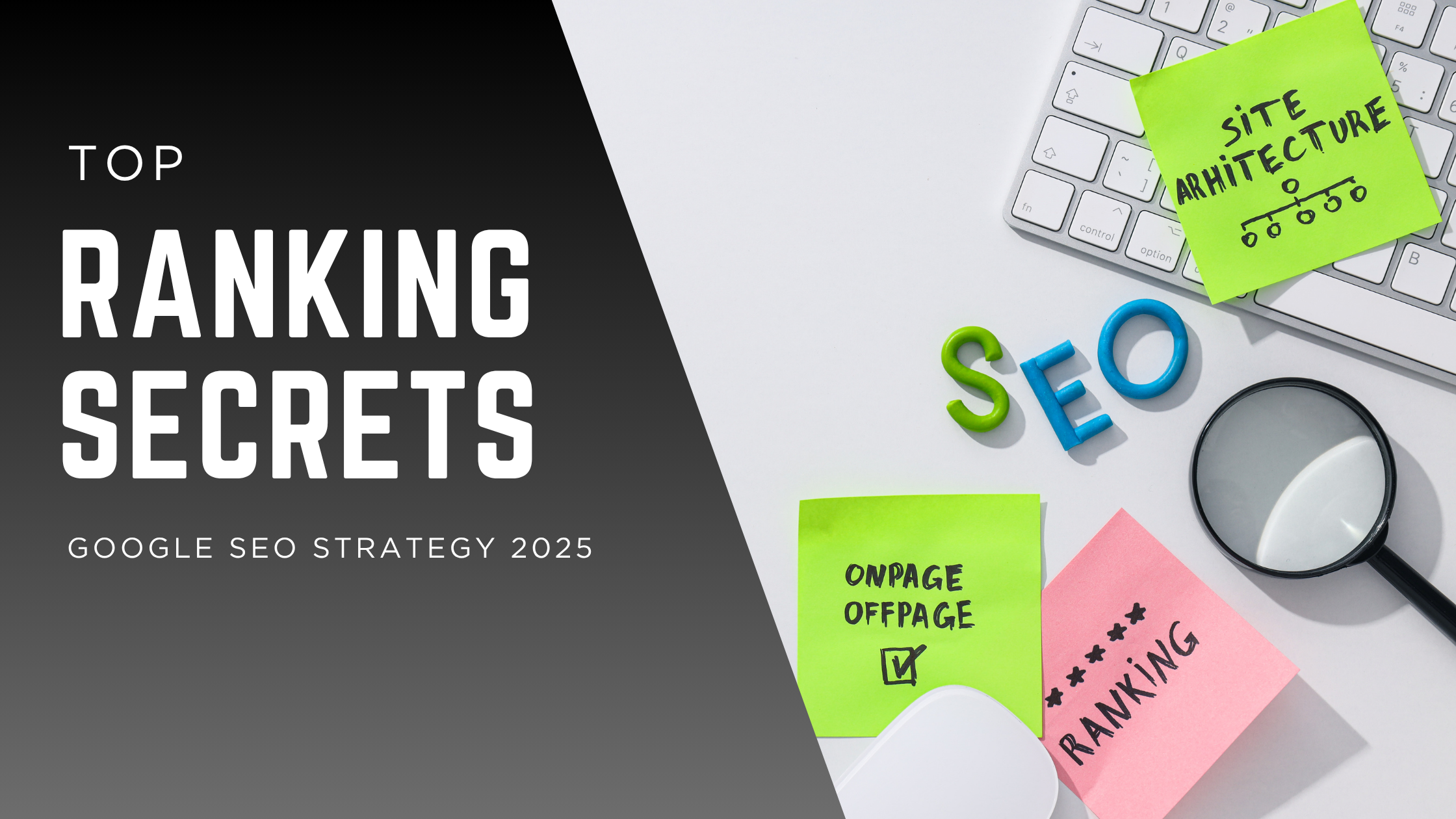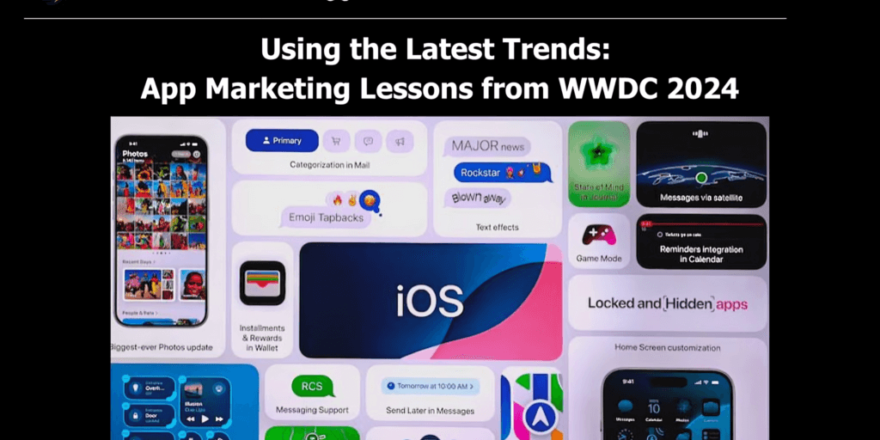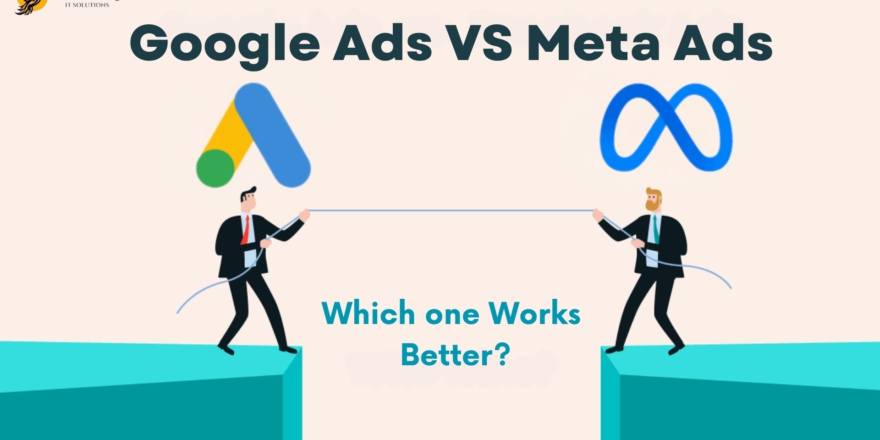Struggling to get traffic on your website? You might be missing the most powerful free strategy out there: Google Search Engine Optimization (SEO). In simple words, it helps your website show up when people search for things on Google. Done right, SEO drives traffic, builds trust, and increases your chances of conversions – without spending on ads.
In this blog, let’s break down how to boost your website using Google SEO Optimization with a focus on smart techniques like on-page SEO and on-site SEO.
What is Google Search Engine Optimization?
Google SEO (Search Engine Optimization) is the process of improving your website to rank higher on Google search results. When someone types a question or a keyword into Google, SEO helps your site appear among the top results – where most clicks happen.
Google SEO optimization involves several strategies, but the goal is clear: make your website more visible, helpful, and trustworthy in Google’s eyes.
Why Google SEO Optimization Matters
- Over 90% of online experiences start with a search engine
- Google holds 90%+ search engine market share
- Organic (non-paid) search brings in high-quality traffic
If your site doesn’t appear on the first page of Google, most users will never find you. That’s why Google SEO isn’t optional — it’s essential.
How Google Search Engine Works (in 3 Simple Steps)
Crawling: Google scans (or “crawls”) your website through bots.
- Indexing: It stores your content in its database if it finds it useful.
- Ranking: Google ranks your pages based on hundreds of signals (like content, speed, backlinks, etc.)
This is where SEO enters – to influence these ranking signals.
Core Areas of Google SEO Optimization
1. On-Page SEO
This means optimizing individual pages on your website. Here’s how:
- Use target keywords in titles, URLs, headers, and naturally in content.
- Write clear meta titles and descriptions.
- Use internal linking to guide Google and users.
- Optimize images with alt text.
- Add schema markup (like FAQs or ratings) to enhance search appearance.
2. On-Site SEO (Technical SEO)
These are behind-the-scenes settings on your website that help Google crawl and index it effectively:
- Use a mobile-friendly, responsive design.
- Ensure fast page loading speed.
- Fix broken links or errors (404s).
- Submit your XML sitemap to Google Search Console.
- Use HTTPS (secure version of your website).
3. Off-Page SEO (Bonus Tip)
While not directly on your site, backlinks (links from other trusted sites to yours) boost your authority. Google sees this as a sign that your content is valuable.
SEO vs Paid Ads: Why Organic Wins Long-Term
Paid ads can give short bursts of traffic, but SEO offers sustainable, long-term visibility without ongoing cost. Plus, users trust organic results more than ads.
How to Get Started with Google SEO Optimization
- Do keyword research to know what your audience is searching.
- Write helpful, original content that matches user intent.
- Optimize your pages regularly with updated information and a better structure.
- Track performance using Google Search Console and Google Analytics.
Final Thoughts
Search Engine Optimisation Google techniques are no longer optional – they are necessary for any serious website growth. Whether you’re focusing on on-site SEO or on-page content, every step brings you closer to better rankings, more traffic, and higher conversions.
Start with the basics, stay consistent, and keep optimizing. The results may take time, but they compound, and your website will thank you.





